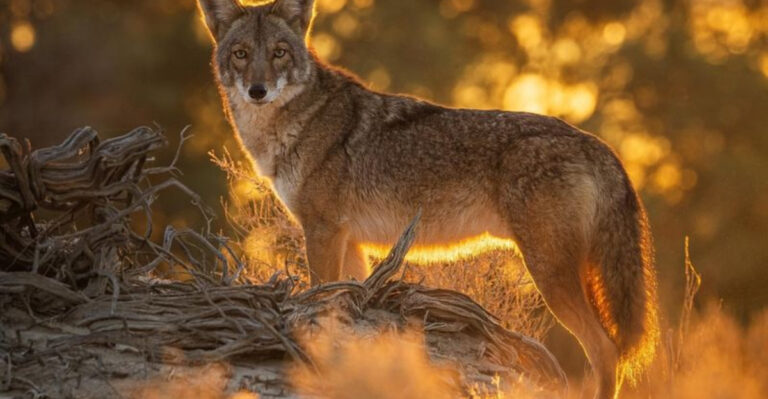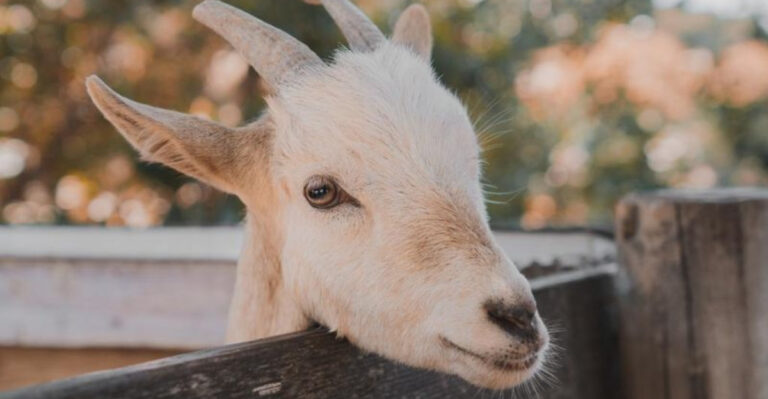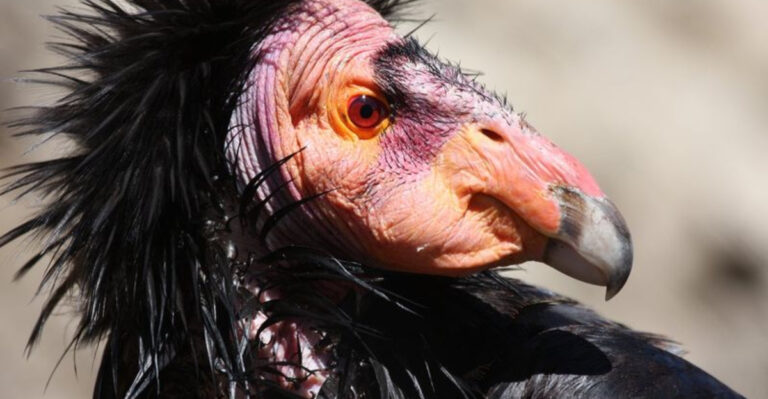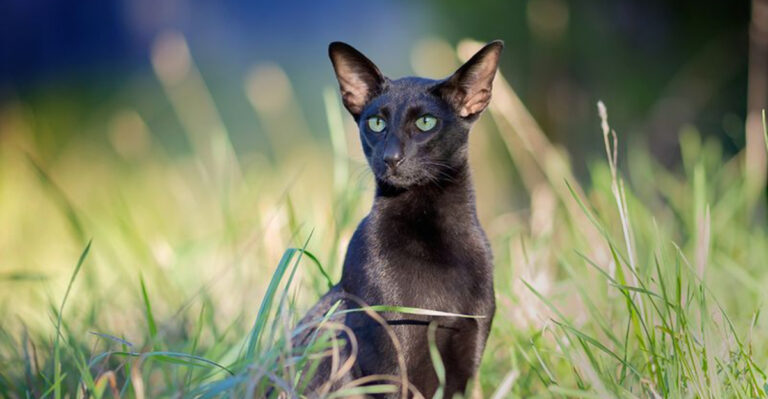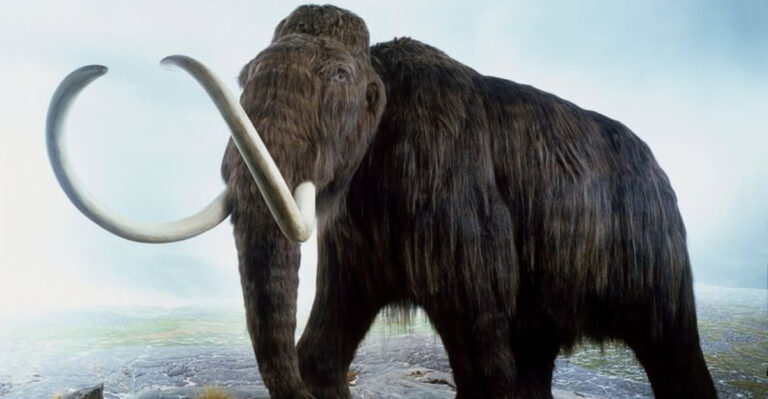7 Ways Cows Have Contributed To Human Society Beyond Dairy And Meat
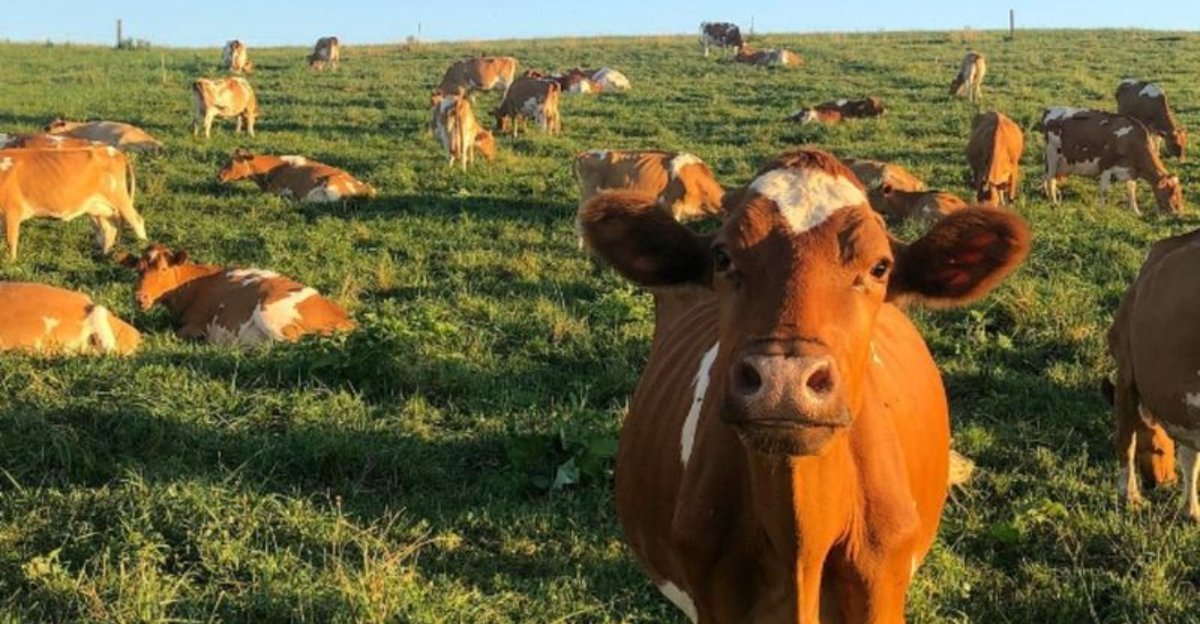
Cows, often seen simply as providers of milk and beef, have played a multitude of roles in human society. Beyond their contributions to our diets, cows have enriched cultures, supported economies, and even advanced scientific fields.
Their significance spans continents and centuries, offering surprising benefits that extend well beyond the farmyard. In this article, you’ll discover seven unexpected ways cows have shaped and enhanced our world.
1. Agricultural Labor
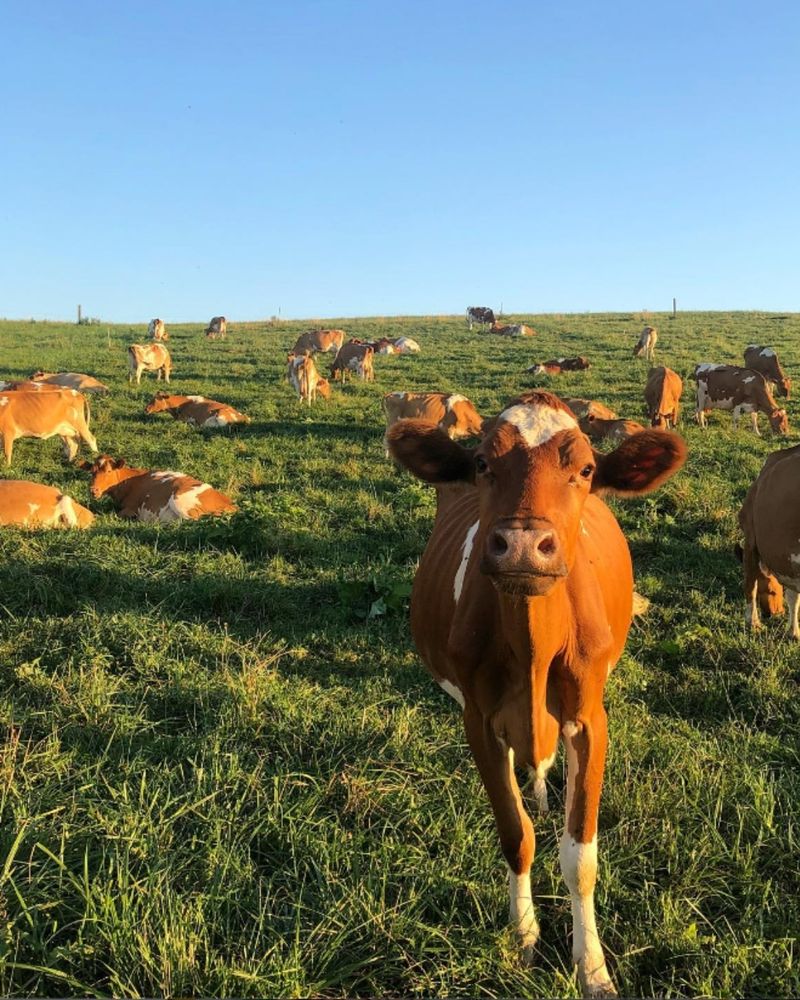
In the heart of rural landscapes, cows have long been the unsung heroes of agriculture. Their strength and reliability have enabled farmers to cultivate land efficiently, a practice still prevalent in many developing countries.
In India, for example, cows are integral to traditional farming methods, where their ability to plow fields transforms the earth into fertile ground. Utilizing cows for labor reduces the need for heavy machinery, making farming accessible and sustainable for smaller operations.
This practice not only supports livelihoods but also contributes to local economies by fostering agricultural independence. Families can maintain their ancestral lands without the financial burden of modern equipment.
Moreover, the use of cows in farming promotes environmental stewardship. Unlike mechanized tools, cows leave minimal carbon footprints. Their integration into farming cycles aids in maintaining soil health and structure, leading to more sustainable farming practices.
By reducing dependency on fossil fuels, farmers embrace a harmonious relationship with nature, showcasing a unique synergy between man and animal. This collaboration underscores the profound impact cows have beyond mere nutrition.
2. Cultural Symbolism
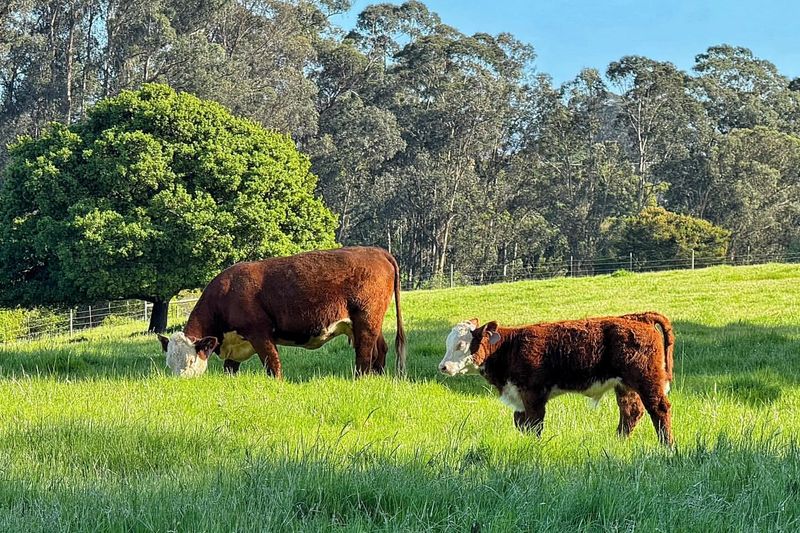
Across various cultures, cows hold a revered status that transcends their physical contributions. In Hindu society, for instance, the cow is a sacred symbol, embodying non-violence and motherhood. This reverence is evident during festivals like Gopastami, where cows are worshipped and celebrated.
Cows also appear prominently in mythology and folklore, symbolizing prosperity and fertility. In ancient Egyptian culture, the cow goddess Hathor was worshipped as a deity of love and motherhood. Such symbolism underscores the deep-rooted connections between cows and human spirituality.
These cultural affiliations foster a sense of community and identity. Festivals and rituals centered around cows create opportunities for social bonding and the preservation of cultural heritage.
By embodying values and beliefs, cows help to sustain traditions that enrich human lives. This blend of spirituality and symbolism highlights the intangible value cows bring to societies worldwide, offering more than physical sustenance.
3. Scientific Research
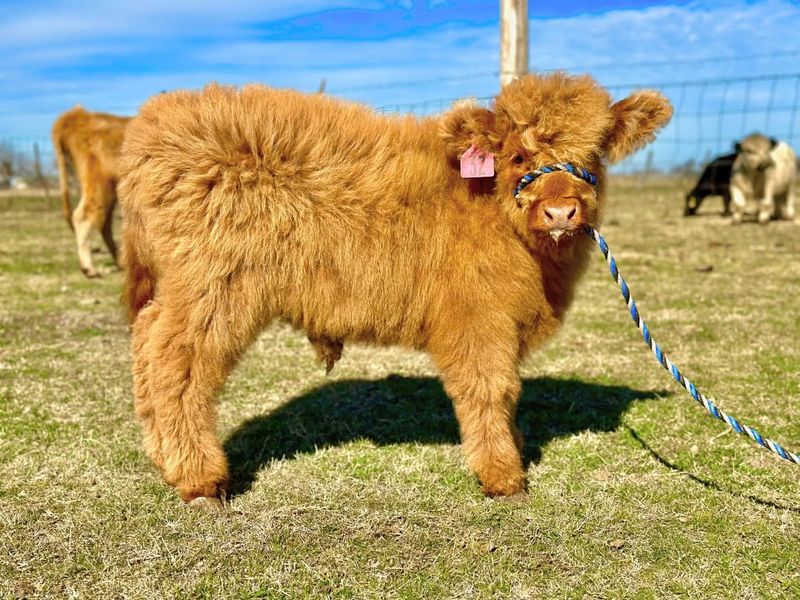
The world of scientific research has greatly benefited from the contributions of cows. One such breakthrough is the use of cow cells in biotechnology, which has paved the way for significant medical advancements.
Cow-derived materials are instrumental in developing vaccines and other pharmaceutical products. Cows have also been central to studies in genetics and agriculture. Their genomes have provided insights into animal biology, leading to innovations in breeding and livestock management.
This research helps enhance productivity and disease resistance, benefitting farmers and consumers alike. Additionally, cow models are used in biomedical research to understand human diseases, owing to similarities in physiology.
These studies assist in developing treatments and improving human health outcomes. By serving as a bridge between animal and human health, cows contribute to scientific progress in profound ways, extending their impact beyond traditional agricultural roles.
4. Biodiversity And Ecosystems
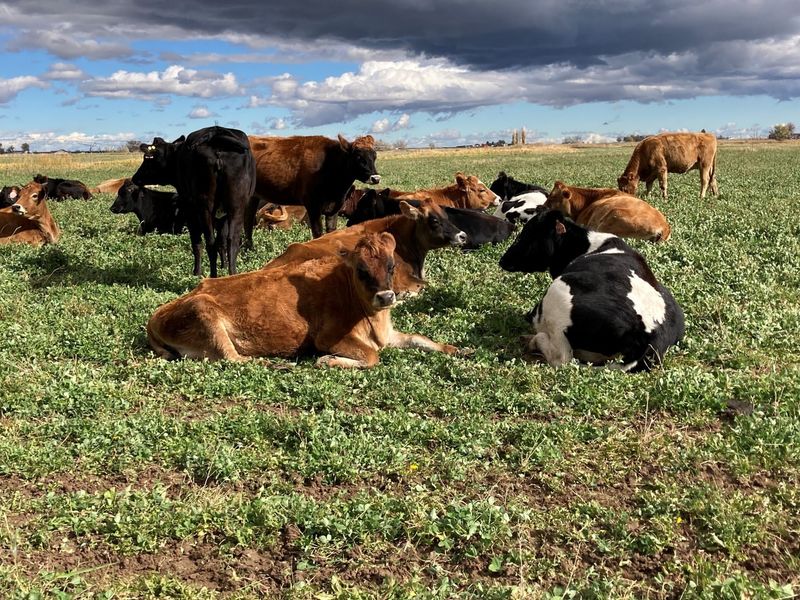
Cows play a vital role in maintaining biodiversity and supporting ecosystems. By grazing, cows help manage landscapes and promote the growth of diverse plant species. This activity is essential in regions like the Swiss Alps, where cows contribute to the health of alpine meadows.
Through their grazing habits, cows help control invasive plant species, allowing native flora to thrive. This natural form of land management fosters habitats for various wildlife, enhancing ecological balance. The presence of cows in such environments supports a rich tapestry of life, from insects to birds.
Moreover, cows contribute to nutrient cycling by returning organic matter to the soil. Their manure enriches the ground, promoting soil fertility and health. This process is crucial for sustaining productive ecosystems and ensuring the longevity of natural habitats.
By integrating into ecological cycles, cows bolster the resilience of environments, proving invaluable beyond agricultural confines.
5. Leather And Materials
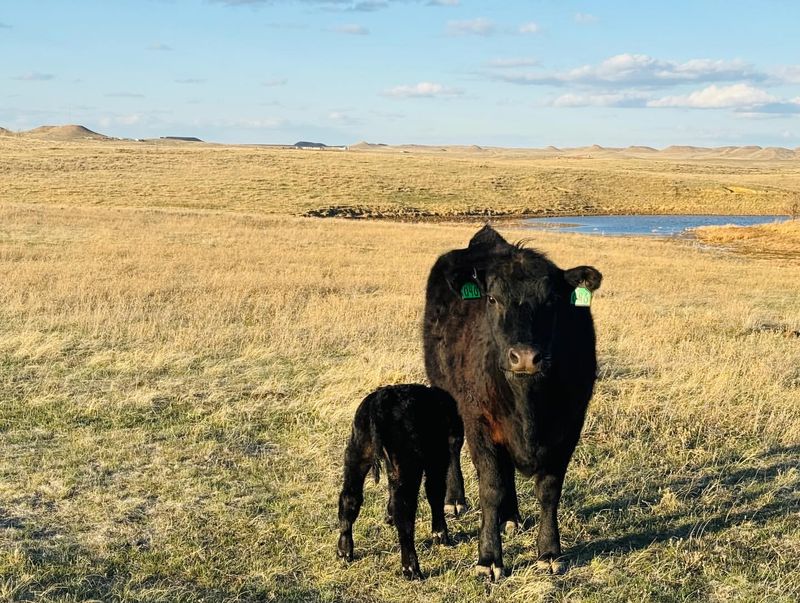
Beyond their agricultural roles, cows provide valuable materials that have long been integral to human crafts and industries. Cowhide, for instance, is a primary source of leather, renowned for its durability and versatility.
Artisanal leather goods, from shoes to bags, benefit from the quality and aesthetic appeal of cow leather. Leather production supports a vast network of craftsmen and industries worldwide. In regions like Italy and Spain, leather craftsmanship is a cultural hallmark, sustaining economies and preserving traditional skills.
Cow leather is not only prized for its functional applications but also for its contribution to fashion and design. The processes involved in leather production have evolved to become more sustainable, with an emphasis on minimizing waste and environmental impact.
By-products from leather production, like gelatin, find uses in various industries, further extending the utility of cow-derived materials. This multifaceted use of cows highlights their importance in global economies and culture.
6. Educational And Therapeutic Roles
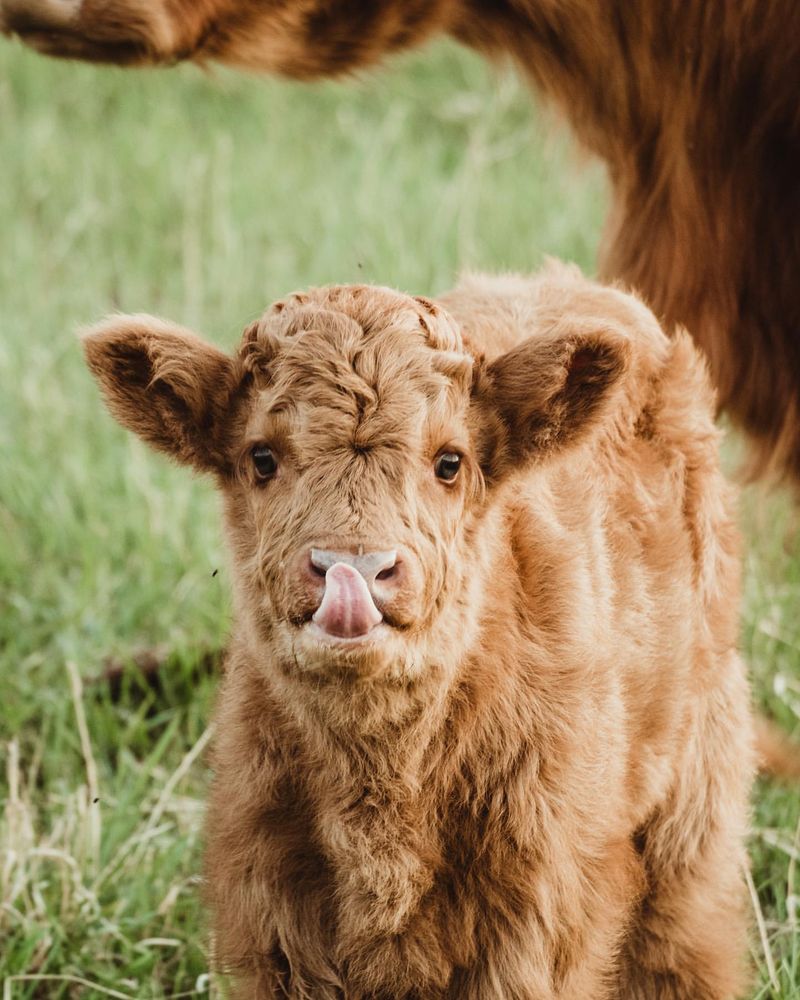
Cows have found a place in educational and therapeutic settings, offering unique opportunities for learning and healing. Farms and educational centers often use cows as a tool to teach children about agriculture, biology, and environmental stewardship.
These experiences foster a connection to nature and a deeper understanding of food systems. In therapeutic contexts, cows are employed in animal-assisted therapy, providing comfort and emotional support to individuals with various conditions.
The gentle nature of cows makes them suitable companions in therapy programs designed to reduce anxiety and promote well-being. Such interactions benefit not only individuals but also communities by promoting mental health awareness and inclusivity.
By facilitating educational and therapeutic experiences, cows contribute to personal growth and societal well-being. Their role in these settings exemplifies the diverse ways in which they enhance human life beyond traditional agricultural purposes.
7. Historical And Economic Impact
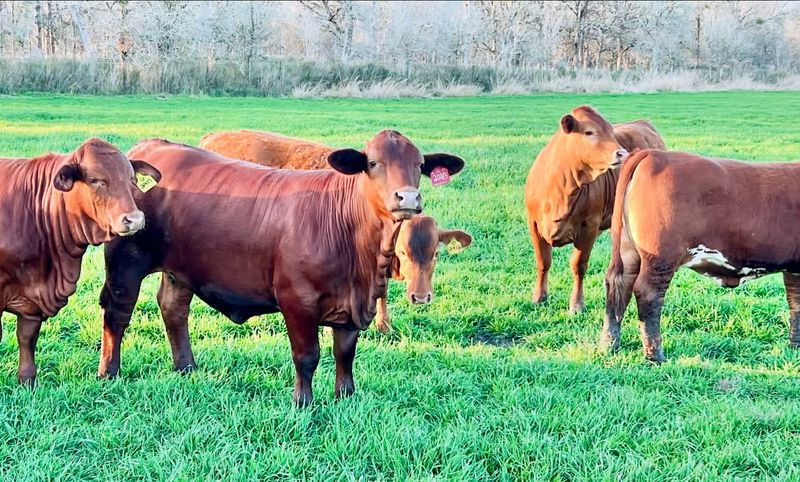
Historically, cows have significantly influenced economic systems and societal development. During medieval times in Europe, cows were central to trade and commerce, often used as currency in barter systems. Their value extended beyond meat and milk, representing wealth and social status.
Cows facilitated the growth of early markets and trade routes, contributing to economic expansion and cultural exchange. The trade of cattle and cow products supported emerging economies and helped establish interconnected societies.
This historical reliance on cows laid the foundation for modern economic practices. The economic impact of cows continues today, as they remain vital to many national economies. Their contributions to agriculture, industry, and trade underscore their importance in sustaining livelihoods and fostering economic growth.
By tracing the historical and economic significance of cows, we appreciate their enduring legacy in shaping human civilization.

